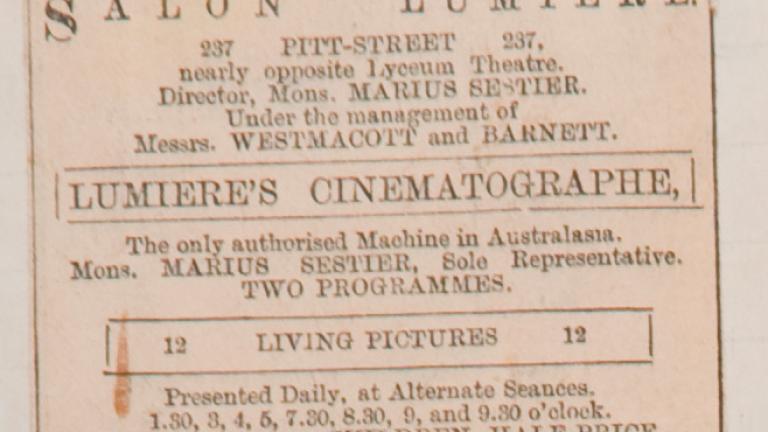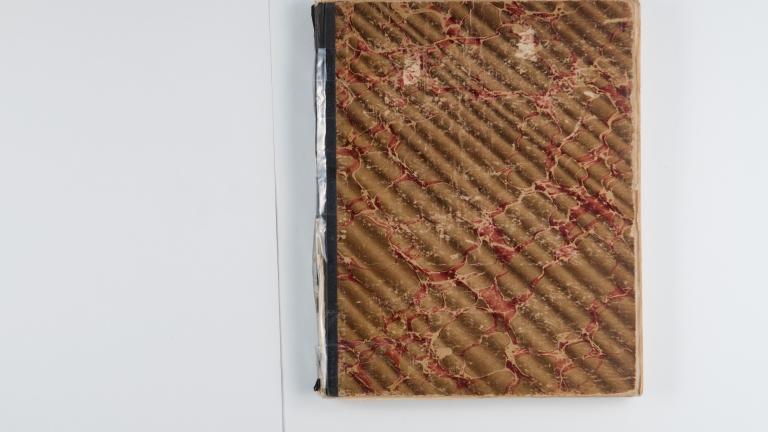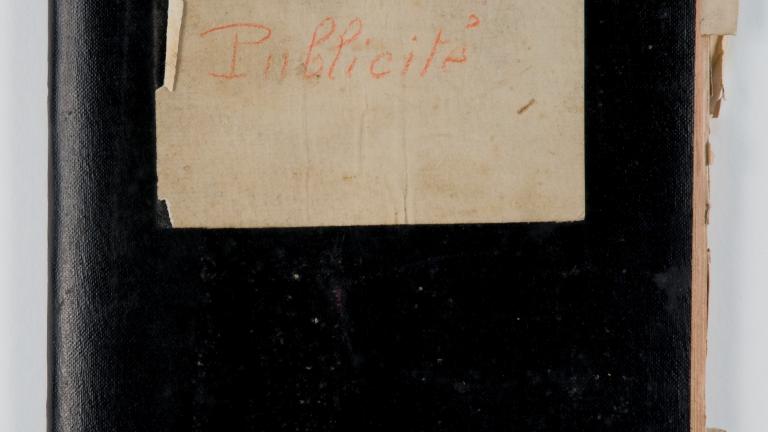

Salon Lumière
For more on Australia’s first cinema see Marius Sestier and Australia’s earliest film.

On 26 September 1896, within a fortnight of their arrival, the Sestiers had organised a preview of the Lumière Cinématographe at George Musgrove and JC Williamson’s Lyceum Theatre on Pitt Street, Williamson having donated the theatre for the afternoon preview. Subsequent reports of the preview promised the public a show not to be missed.
The Salon Lumière was situated at 237 Pitt Street, Sydney, a few doors down from the Lyceum Theatre. This two-storey building of five rooms had, throughout its life, provided premises for a tailor, a shoe shop, a fancy goods store and warehouse, as well as a studio for Stewarts Photographers. Prior to the opening of the Salon Lumière, the ground floor of 237 Pitt Street had been a branch of Lewis Phillips Auctioneers.
As auction rooms the premises provided a sizeable open space for seating, with chairs placed towards the large 10-by-12 foot screen with its highly decorated ornamental frame. Under the management of CB Westmacott, Musgrove and Williamson’s Sydney theatre manager, together with high society and theatrical photographer Henry Walter Barnett, the program presented by the Sestiers consisted of 12 films with new programs being constantly offered.
It was on the Salon Lumière’s last night, 27 October 1896, that Australia’s first film Passengers Leaving the SS Brighton at Manly was screened with the promise of more Australian films to come. The next day the Sestiers and Walter Barnett left for Melbourne to fulfil other commitments and where they would work together at the Melbourne Cup Carnival, shooting 15 films.
With the departure of the Sestiers and Barnett and the closing of the Salon Lumière at 237 Pitt Street, Australia’s first cinema closed, but only for a short while. Capitalising on the Salon Lumière’s excellent reputation and screening format, new tenant – and cinematographe competitor – James McMahon, reopened 237 Pitt Street as the Salon Cinématographe. Although successful, the Salon Cinématographe could not repeat the phenomenal success of the Salon Lumière.

The Sydney Morning Herald, Friday 2 October 1896. Lumière's Cinématographe, the only authorised Machine in Australasia.

The Town and Country Journal, Saturday 3 October 1896. By means of an ingenious mechanism, this instrument enables a succession of slides to be passed before a lantern with such rapidity as to throw a picture of apparently moving objects on the screen.

The Sunday Times, Sunday 4 October 1896. Under the management of Messrs. Westmacott and Barnett, the Lumiere Cinématographe at 237 Pitt-street is drawing crowds of people several times daily.

Truth, Sunday 4 October 1896. No attraction has caused so much excitement and interest to be shown for many a long day, as the exhibitions now being given at the Salon Lumière, in Pitt-street.

The Australian Star, Monday 5 October 1896. A loud and distinct boom of undeniable proportions continues to rage unabatedly every afternoon and evening at 237 Pitt-street, where Lumière's Cinématographe holds crowded audiences in breathless admiration.

The Daily Telegraph, Saturday 3 October 1896. Everybody has seen a magic lantern. This is a magic lantern with the figures in actual motion.
‘We never dreamed…!’
Documents from Marius Sestier’s family and colleagues provide valuable information about this time.
In Bombay, the Sestiers advertised for a local interpreter and someone who could teach them English. The first half of a scrapbook is their English lessons and it shows how they struggled with the differences between French and English. The second part of the book is full of press cuttings of their shows in Bombay.
In Adelaide, the Lumiére Cinématographe was the headline act at the Theatre Royal over all the other acts, including their one time competitor Carl Hertz. Hertz was the first person to show films in Australia, in Melbourne on 17 August 1896.
The Sestiers kept scrapbooks of all their tours. In the book of their Sydney season it shows that they also kept tabs on their competitor, Harry Rickards at the Tivoli.
Front cover Scrapbook of Sydney Press Cuttings

Front Cover Adelaide Press Cuttings Scrapbook

Scrapbook and English language lessons Sample page of lessons

Front Cover Adelaide Press Cuttings Scrapbook

Scrapbook of Sydney Press Cuttings

Marius Sestier’s bank book 1896-1897 Bank of New South Wales

Front Cover Publicité Scrapbook and English language lessons
The French Connection
In 2006, film curator Sally Jackson appealed via a genealogical website for the whereabouts of descendants of French pharmacist and frères Lumière representative to Australia, Marius Sestier. In late 2008, Sestier’s great-granddaughter, Madame Petitbois, replied via email.
Through Sally Jackson’s contacts in Paris, Madame Anne and Monsieur Jacques Canal, a meeting was arranged with the Sestier family. They gathered in Sauzet, Marius Sestier’s birthplace, in December 2008 to meet with the local historian Madame Milon. Family members shared information and photographs and Madame Milon passed on information about their ancestors. The group took a tour through the village and Jacques Canal filmed both the meeting and the tour.
In late 2009, the family agreed to the NFSA’s access to Marius Sestier’s original documents relating to his career as a frères Lumière representative in India and Australia between 1896 and 1897. The collection comprises two scrapbooks of press cuttings from Australia; one exercise book of press cuttings from India and his English language lessons; two bank books and one notebook of accounts and daily activities. Other personal and family history items such as photographs, Sestier’s 1902 driver’s license, and his military record were also included. This is the first time these documents have been placed in a collecting institution’s hands.
The Australian Connection
A search for the provenance of original frères Lumière films in the NFSA’s collection revealed a direct link to Marius Sestier through a Franco-Australian family in Perth. The Antoine family held the films until the 1950s when they passed out of their care, resurfacing in 1979 as part of an STW9 documentary Our French Connection. The Antoine connection was through an uncle, Monsieur Georges Boivin, who acquired the films directly from Marius Sestier in 1897. Through a daughter, Julie Dyson, the family are kindly making available documents and photographs relating to Sestier’s time in Australia.
Read more of Sally Jackson’s research about the Marius Sestier Collection at Screening the Past.
The National Film and Sound Archive of Australia acknowledges Australia’s Aboriginal and Torres Strait Islander peoples as the Traditional Custodians of the land on which we work and live and gives respect to their Elders both past and present.


